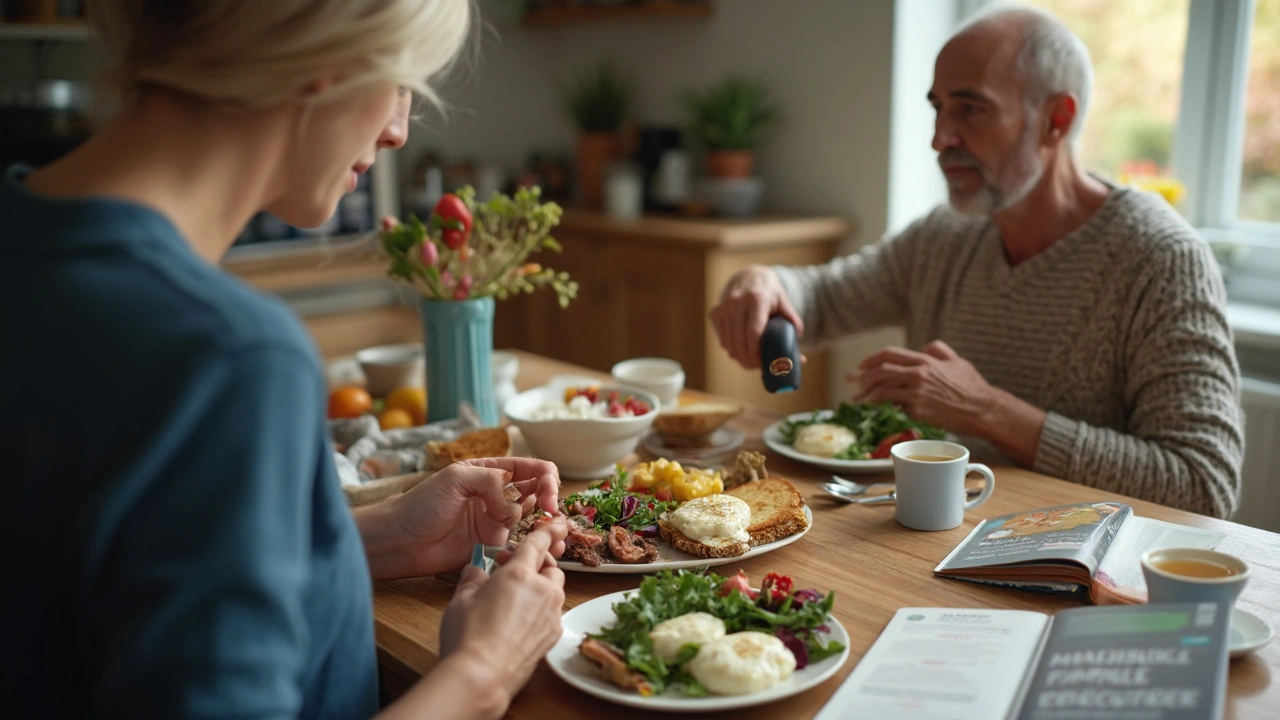Meal Planning Tips: Simple Steps to Save Time and Money
Ever stare at an empty fridge and wonder what to cook? You’re not alone. The trick is to stop deciding meals on the spot and start planning ahead. A few minutes each week can turn chaotic dinners into smooth, stress‑free meals.
Simple steps to start meal planning
1. Pick a planning day. Choose a day you already spend on groceries—Saturday or Sunday works for most people. Open a blank sheet or a phone note and write down every meal you want for the next seven days.
2. Use what you already have. Before you add new recipes, glance at your pantry, fridge, and freezer. If you have canned beans, rice, or frozen veggies, build meals around them. This cuts waste and saves cash.
3. Choose a core protein. Pick 2‑3 proteins for the week—chicken breast, ground turkey, or tofu, for example. Cook them in bulk (bake, grill, or sauté) and store in containers. You’ll have a ready‑to‑use base for salads, wraps, or stir‑fry.
4. Mix and match. Pair your proteins with different sides: a grain one day, a leafy salad the next, a roasted veg bowl after that. The same ingredients can feel fresh when you change the seasoning.
5. Make a concise grocery list. Write down only what you need for the meals you planned. Stick to the list when you shop to avoid impulse buys that blow your budget.
Budget‑friendly tricks for tasty meals
Buy in bulk when it makes sense. Large bags of rice, beans, or frozen veggies are cheaper per ounce and keep well. Look for sales on meat and freeze portions for later use.
Plan for “leftover nights.” Cook a larger batch of a dish on Monday, then recycle half of it for a new dinner on Thursday—add a fresh sauce or different veggies to keep it interesting.
Season with herbs, spices, and citrus. A splash of lemon or a pinch of cumin can transform a simple chicken breast into a flavor‑packed entree without extra cost.
Use theme nights to simplify decisions. Taco Tuesday, Stir‑Fry Friday, or Soup Sunday give you a clear direction and help you reuse ingredients efficiently.
Finally, keep a few staple recipes in your back pocket—like a basic vegetable soup, a quick pasta primavera, or a one‑pan roasted chicken. When you’re short on time, these go‑to meals keep you on track without a scramble.
Start with these easy steps, and you’ll notice less last‑minute grocery runs, lower food waste, and more balanced meals on your plate. Meal planning isn’t a rigid system; it’s a flexible habit that saves you time, money, and stress. Give it a try this week and feel the difference.
How to Balance Blood Sugar and INR: Warfarin and Diabetes Meal Planning Tips
Balancing blood sugar and INR can feel like solving a puzzle, especially for people managing diabetes and taking warfarin. This article breaks down how meal planning, knowing what you eat, and checking your blood sugar at the right time make a huge difference. You'll get clear advice on working vitamin K into your diet without throwing off your INR, plus real-life tips for daily routines with both warfarin and diabetes. Stick around for practical, no-nonsense guidance and human stories—no medical textbooks, just simple, actionable help.
Learn more...